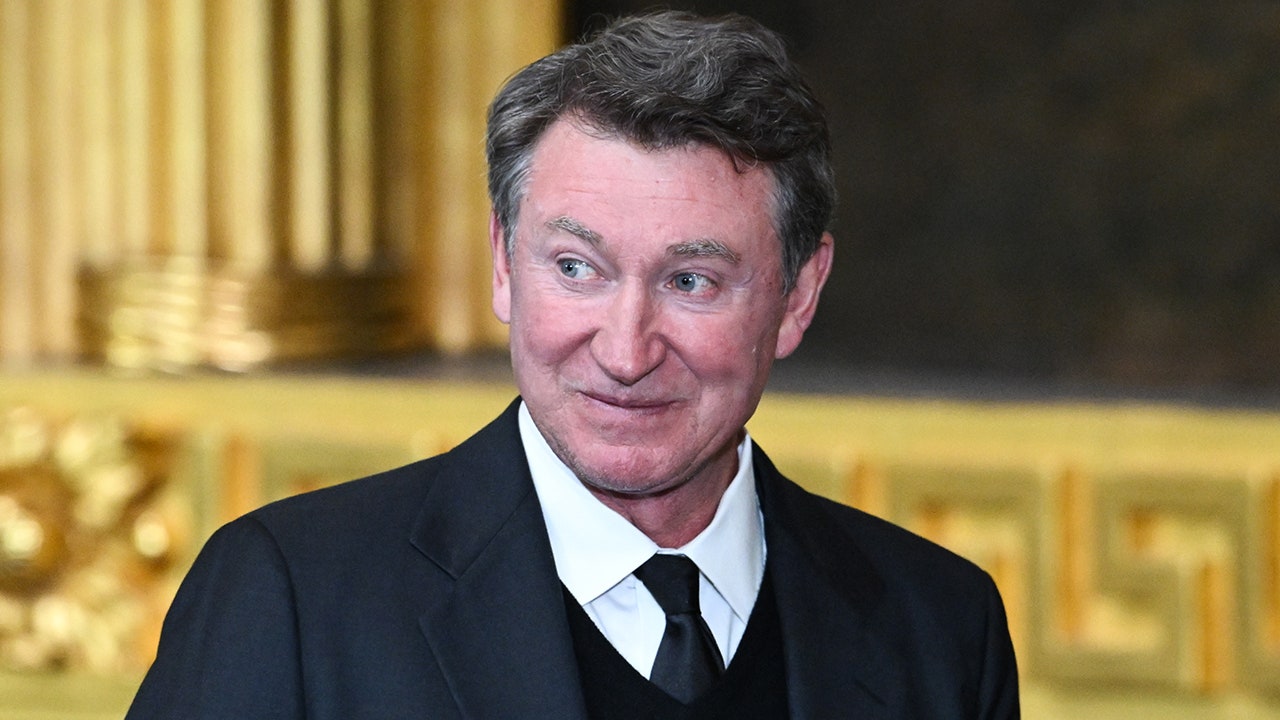This artist’s impression illustrates a binary pair of giant stars. Despite being born from the same molecular cloud, astronomers often detect differences in binary stars’ chemical compositions and planetary systems. One star in this system is shown to host three small, rocky planets, while the other star hosts two gas giants. Using Gemini South’s GHOST, a team of astronomers have confirmed for the first time that these differences can be traced back to inhomogeneities in the primordial molecular cloud from which the stars were born. Credit: NOIRLab/NSF/AURA/J. da Silva (Spaceengine)/M. Zamani
Astronomers have verified that variations in the chemical makeup of binary stars originate from the initial phases of their formation.
Recent research using the Gemini South telescope has shown that differences in the chemical compositions of binary stars are due to primordial conditions in their birth clouds, challenging previous theories and suggesting a more complex process of star and planet formation.
It is estimated that up to 85% of stars exist in binary systems, with some even in systems containing three or more stars. These stellar pairs are born together from the same molecular cloud, sharing an abundance of chemical building blocks. Thus, astronomers would expect them to have nearly identical compositions and planetary systems. However, this isn’t always the case. While some explanations suggest these differences arise from events occurring after the stars evolved, a team of astronomers has confirmed for the first time that these dissimilarities can actually originate before the stars even begin to form.
Led by Carlos Saffe of the Institute of Astronomical, Earth and Space Sciences (ICATE-CONICET) in Argentina, the team used the Gemini South telescope in Chile, one half of the International Gemini Observatory, supported in part by the U.S. National Science Foundation and operated by NSF DOI: 10.1051/0004-6361/202449263




















Discussion about this post